April 22, 2022
Earth Day. The air is laden with sinus-puckering smoke—not of Kingsford mesquite or cedar chimney spew but that distinct reek of brushland turning to ash. The season of warblers and scorpions carries with it the season of wind and fire.
The wind shakes brittle leaves from the oaks and kindles the ground with firestarter. It sucks moisture from everything testing the color green. Last week, the wind fronted a mass of air that draped the fountain with ice, blanched the Covid garden’s cabbages and kale, and knocked the blossoms of apples and peaches and pears from the trees. Twenty-seven degrees. There will be no fruit harvest this year. This week, the wind fueled a wildfire that closed the highway at our turnoff and set us on evacuation alert. The phone tree launched at midnight, but crews had the fire contained before I got the message.
With less than an inch of rain in the canyon this year—the worst drought in a decade—we are primed to burn. Part of me says, so be it. Let Nature—that serial killer—have her way. An Earth Day blaze. (We’re currently under a Red Flag Warning.) The canyon, choked with dead and downed wood, will be better for it.
Besides, fire is for the birds.
Research indicates that our history of forest fire prevention has decreased the number of birds in southeastern Arizona. The late University of Arizona ornithologist, Joe T. Marshall, Jr., suggested this after examining 15 open-woodland birds in the 1960s, many species I’ve seen in my yard including Cassin’s kingbirds, curve-billed thrashers, and canyon towhees.
More recently, scientists studying the connection between birds and fire in our sky islands showed that burned woodlands benefited western wood-pewees and white-breasted nuthatches, house wrens, yellow-rumped warblers, and, one of my favorite yard birds, Grace’s warblers. I haven’t seen a Grace’s warbler since October 2020, the first time one visited my fountain.
“It appears,” the researchers concluded, “that the effects of a century of fire suppression continue to influence the distribution of many species of montane forest birds in southeastern Arizona.”
With dead flowers dropping from the fruit trees, it’s pointless to light any more smudge pots on near-freezing nights. So, the canyon is safe from me. Right now, I’m designing a sprinkler system for the house that will, in the event of a fire, spray the metal roof and recirculate the water through the gutters and rain tank and back to the sprinklers.
Until the power quits.
Thanks for subscribing! More to come…
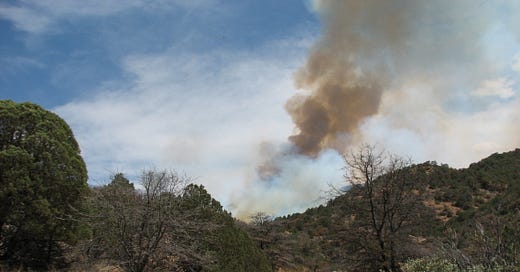



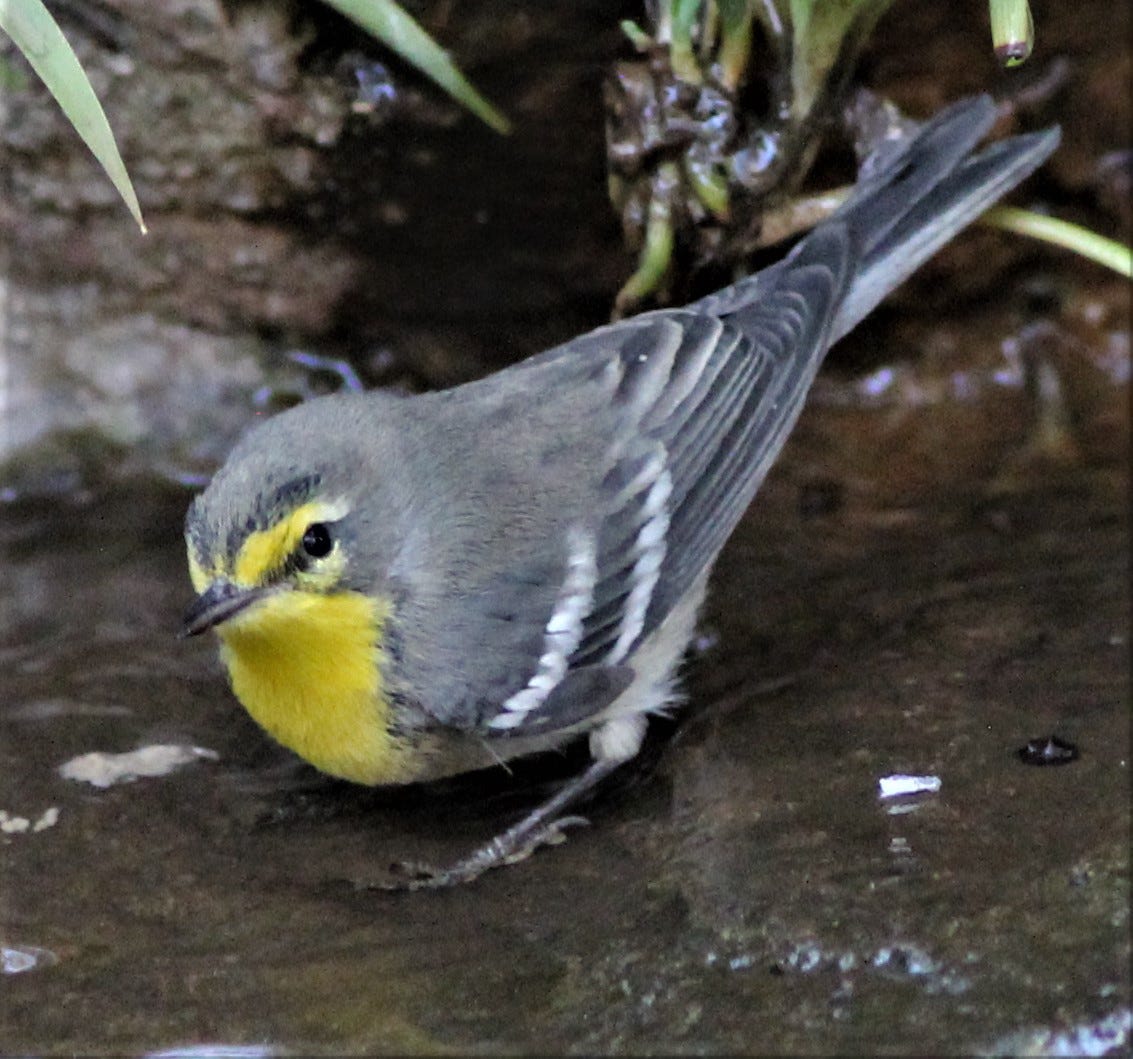
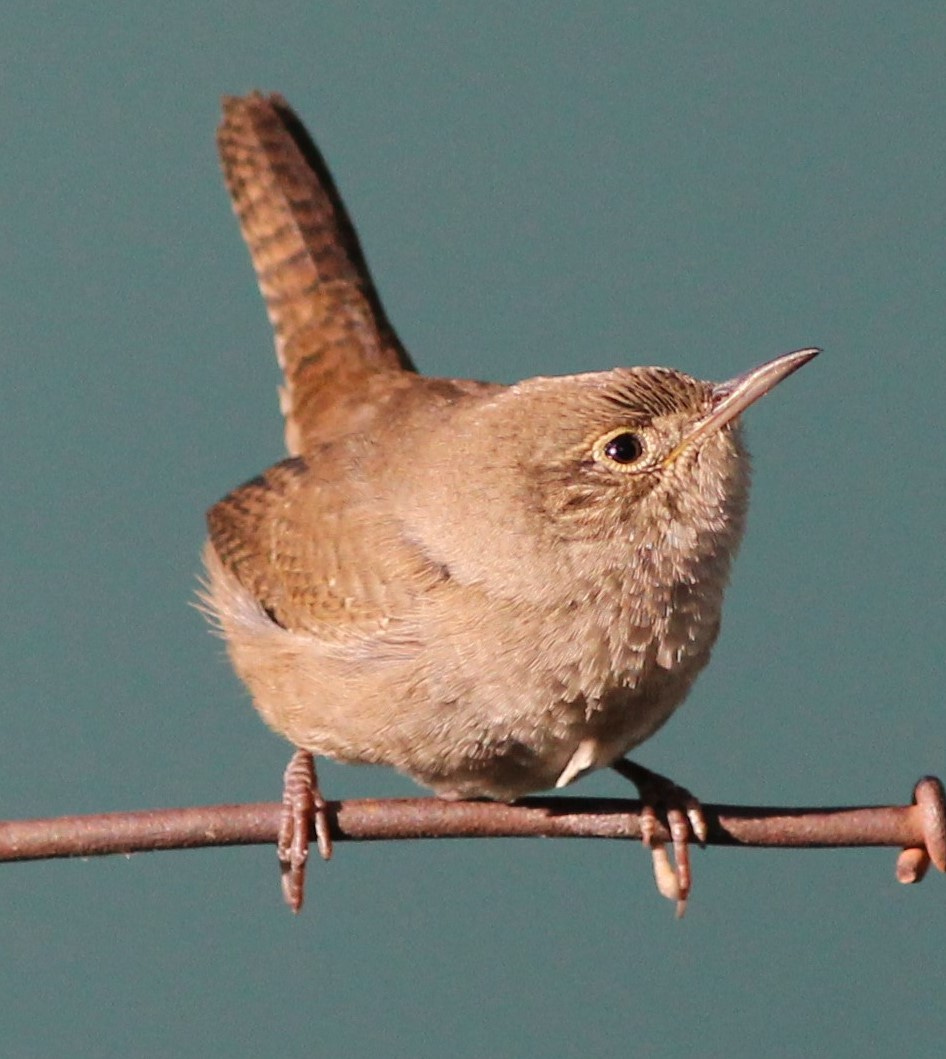

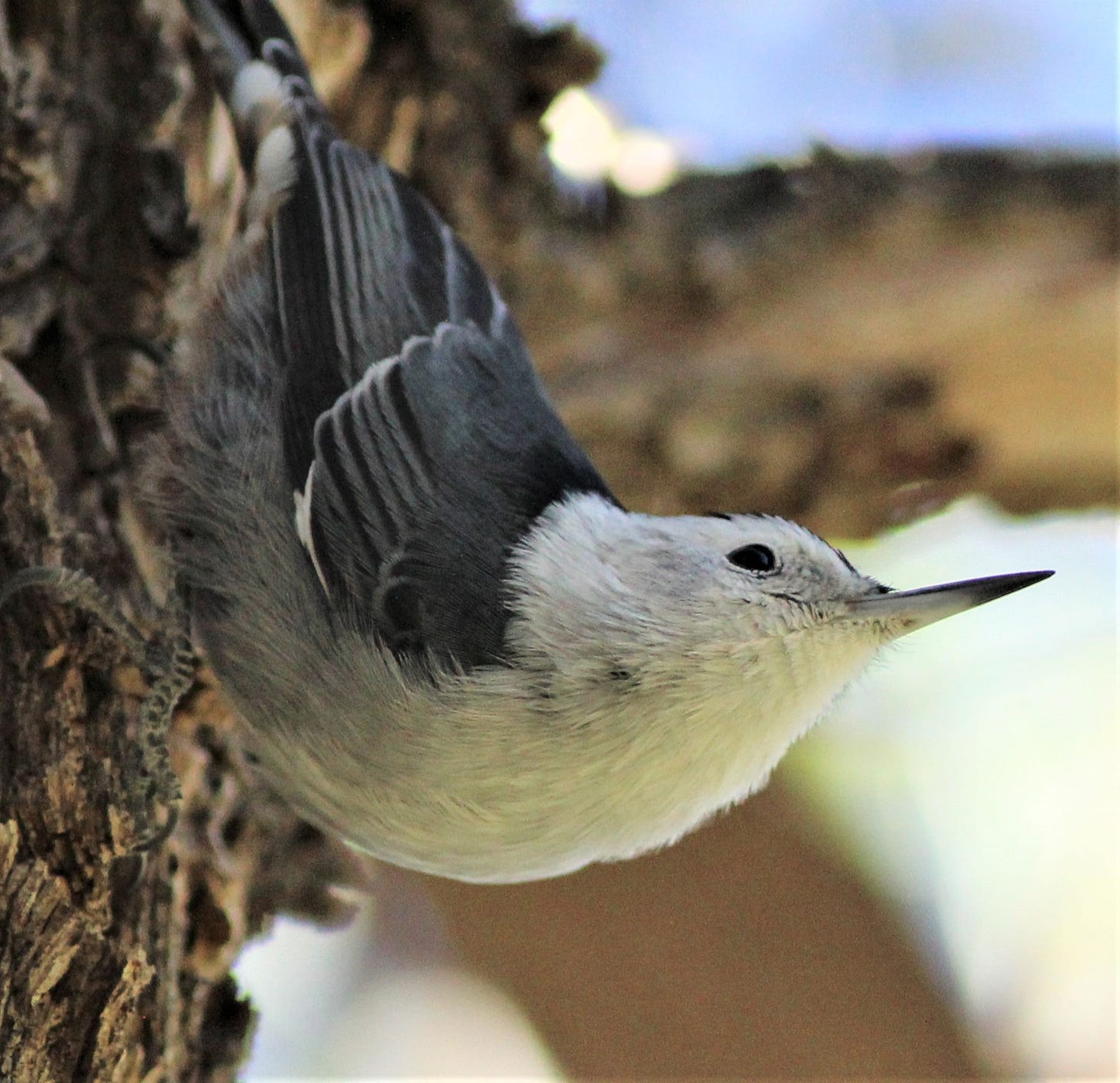
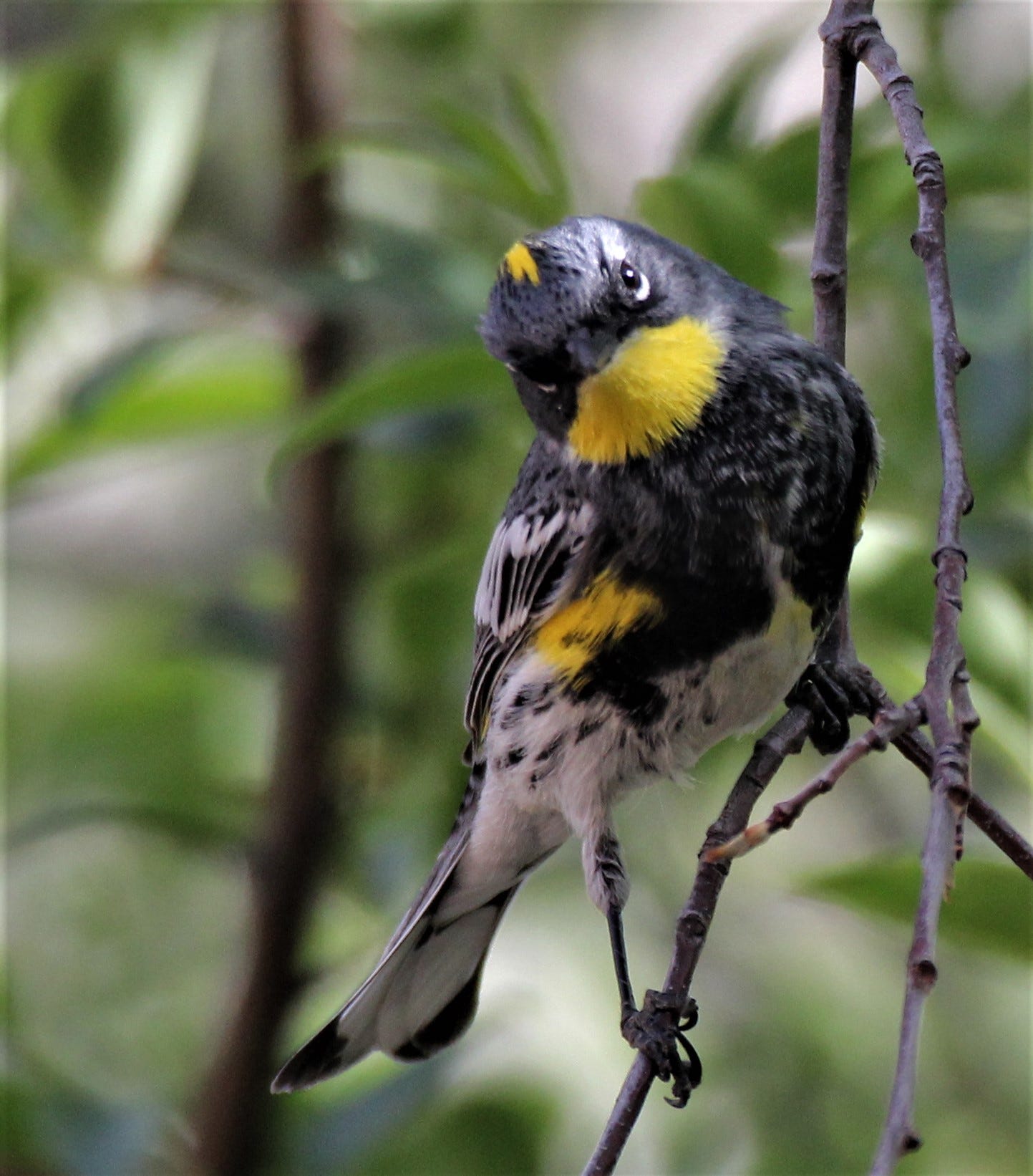
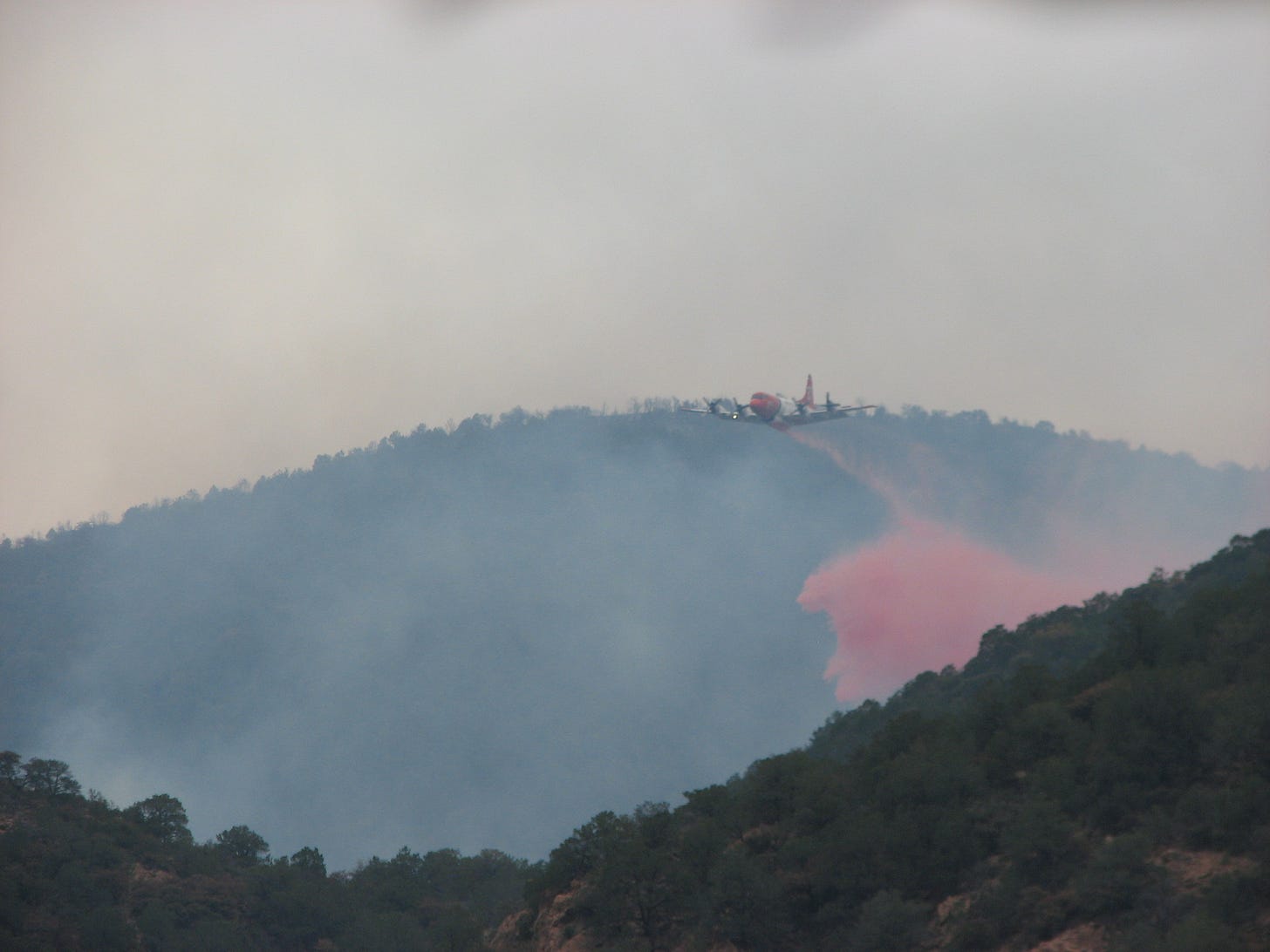
❤️